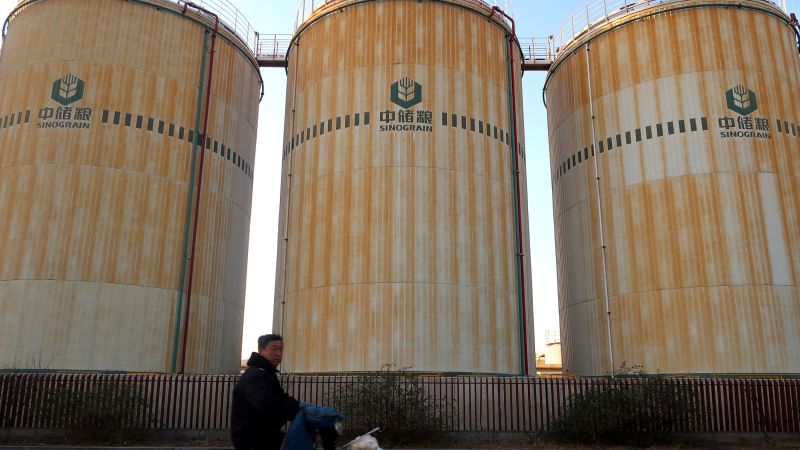Public outrage is mounting in China over allegations that a major state-owned food company has been cutting costs by using the same tankers to carry fuel and cooking oil – without cleaning them in between.
The scandal, which implicates China’s largest grain storage and transport company Sinograin, and private conglomerate Hopefull Grain and Oil Group, has raised concerns of food contamination in a country rocked in recent decades by a string of food and drug safety scares – and evoked harsh criticism from Chinese state media.
It was an “open secret” in the transport industry that the tankers were doing double duty, according to a report in the state-linked outlet Beijing News last week, which alleged that trucks carrying certain fuel or chemical liquids were also used to transport edible liquids such as cooking oil, syrup and soybean oil, without proper cleaning procedures.



No shit.
My question was an honest scaling law question. Of course this is bad. Which is what I said.
My question is how bad, which is a legitimate question, and is not in any way saying these are defensible actions. They are not.
If you fill a thimble with diesel, drain it, and then fill it with water, that’s gonna be super gross — the diesel will probably form a thin layer on the thimble which is then diluted with a thimble full of water. Super gross. But by the time you get to a fuel can, the thin layer of diesel on the can is now diluted by a can of water. Because surface area scale like length squared but volume like length cubed, this is a better situation (for a given amount of water). Now when this is scaled up further, the diesel gets increasingly diluted. This is the root of my question, it’s not saying that we should accept this or that it’s good, I’m just curious.
If a cup has a few drops of water after you pour it out,
Say a drop is 0.05ml (20drop/mL is rule of thumb for chemistry). Say your glass cup holds 16oz (mine does), that’s 473mL.
(4*0.05mL / 473mL) *100 = 0.04228% of the original concentration. Now scale that volume up. That ratio is going to be much smaller, since you’re right about volume vs surface area.
5ppb is the cutoff for benzene in stunning water in Oregon apparently. EPA says 5ug/L.
5ppb is apparently 0.0000005%. That’s about 84,000x higher than the cutoff for that one potential contaminant.
Given how small the minimum acceptable level is for many chemicals in gasoline or fuel… Yeah I bet it would increase cancer rates in a statistically significant way.
So 84,000 for a glass assuming 100% of the fluid is benzene (unless I misunderstood your calculation). Benzene concentration is about 1% of gasoline, and a tanker is about 20,000L, or ~40,000x more than a cup. Cube root of 40,000 is about 34 (cube root for the surface to volume factor). 34*100 is 3400, which is about 25x off from the 84,000 reduction required to be “safe.” So it’s roughly 25x worse than the Oregon cutoff (but seemingly within EPA limits, which appears to be ~1000x less stringent [!!!]). Unless I made some errors or misunderstood.
In any event I’ll try to source my cooking oil from uncontaminated trucks!
(As an aside, thanks for taking my question seriously and putting thought into an answer, unlike some of the other more “colorful” responses!)
Test it out bro. Since you believe the impact of putting gasoline in food is so contentious. It’s funny how you still deflect by implying it was “a thimbleful” when you have no idea how much it was or how dangerous it is.
B-b-b-but you’re just asking the questions right?
…scaling laws. They are best illustrated with different sized items. Like a thimble, a coffee cup, or an oil tanker, all representing volumes of different orders of magnitude.